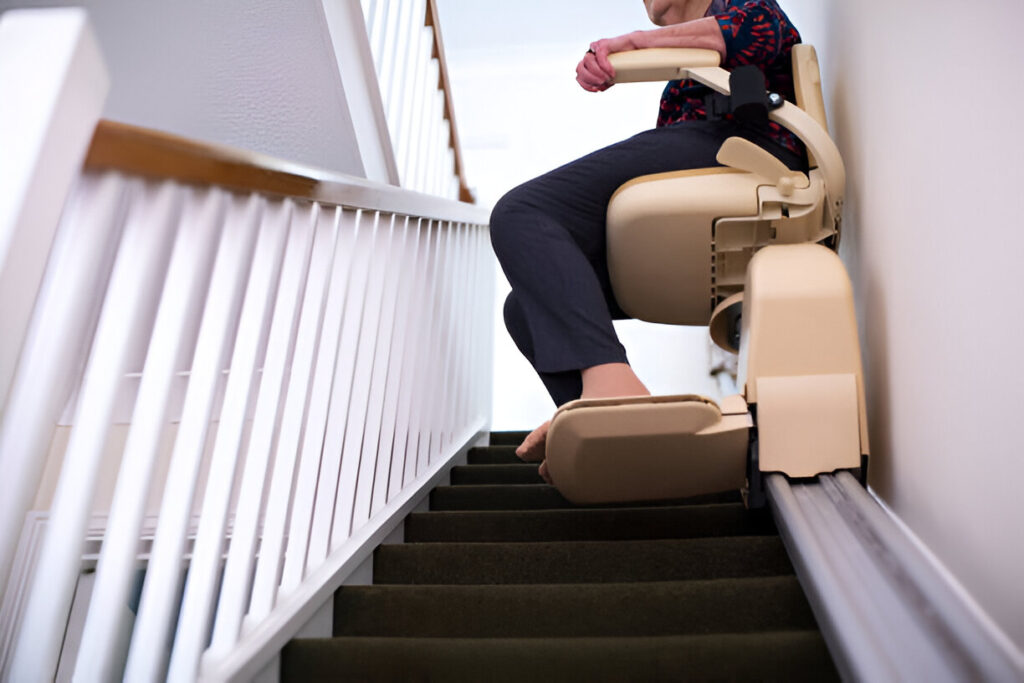Key Takeaways:
- Identify essential factors for selecting the ideal stair lift.
- Understand various features and their benefits.
- Learn how to integrate a stair lift smoothly into your living space.
Table of Contents:
- Understanding the Need for a Stair Lift
- Types of Stair Lifts
- Key Features to Consider
- Safety Considerations
- Determining the Right Fit for Your Home
- Budgeting for a Stair Lift
- Installation Process and Tips
- Maintaining Your Stair Lift
Understanding the Need for a Stair Lift
As mobility challenges arise, many individuals find navigating stairs increasingly difficult, impacting their independence within their home. In such situations, stair lifts provide an invaluable solution. A stair lift is designed to easily carry people up and down stairs, offering a safe and convenient alternative to traditional stair use. Installing a stair lift can transform household accessibility, improving quality of life.
The decision to invest in a stair lift can be daunting. There are diverse models and features to consider, including curved stair lifts for non-linear staircases. Understanding the types of stair lifts available is crucial to finding the ideal solution tailored to one’s needs.
Types of Stair Lifts
Stair lifts are available in a variety of designs to fit the diverse range of house staircase configurations. The two main types include straight stair lifts and curved stair lifts. Straight stair lifts are suited for standard staircases lacking turns. Conversely, curved stair lifts are engineered specifically for staircases with multiple landings or curves, allowing seamless transitions. Additionally, some models offer outdoor capabilities, crafted to withstand weather conditions, thus expanding accessibility to external areas of the home.
Key Features to Consider
Numerous features can enhance functionality and comfort when evaluating stair lift options. Adjustable seat height, swivel seat capabilities, and foldable footrests contribute to ease of use. Consider models that offer remote control operation for added convenience. Furthermore, weight capacity and chair dimensions should align with the user’s needs to ensure compatibility and safety. Stay informed on recent advancements, such as models with battery backup options, which ensure usability during power outages, enhancing reliability.
Safety Considerations
The most important factor when selecting a stair lift is safety. To increase user safety, look for features like seat belts, obstacle sensors, and emergency stop capabilities. An effective braking system and secure rail installation ensure the lift operates smoothly and safely. Verification that the stair lift meets relevant safety standards, such as those established by organizations, can further reassure users and caregivers of effective performance and safety consistency.
Determining the Right Fit for Your Home
Matching a stair lift to your home’s layout requires precise measurements and a thorough understanding of space constraints. Engage with a professional installer to determine the best fit, paying attention to the staircase’s length, width, and turn angles. Many companies offer consultations to customize options that meet functional and aesthetic requirements, ensuring your home remains welcoming and accessible.
Budgeting for a Stair Lift
Stair lift costs vary, influenced by the model, features, and installation complexity. Establish a clear budget considering the unit price and additional expenses such as installation and potential maintenance fees. Explore financial assistance programs or insurance options that may contribute to lowering out-of-pocket expenses. Reliable sources, like market research firms, provide insight into average pricing, enabling you to make informed financial decisions.
Installation Process and Tips
Installing a stair lift typically requires professional expertise to ensure optimal performance and safety. Installers will assess the staircase, making all necessary adjustments to accommodate the chosen model. Upon installation, a thorough testing process confirms operational safety before use. Users should familiarize themselves with operation manuals and instructor-led demonstrations to foster confidence and safety. Open communication with the installer can address any concerns or queries before or after the fitting.
Maintaining Your Stair Lift
Regular maintenance can only increase a stair lift’s lifespan and dependability. Regular checks on battery life, track cleanliness, and mechanical parts can prevent unexpected malfunctions. Engage with providers offering maintenance packages, ensuring repairs and technical support are readily accessible when needed. Proper maintenance not only sustains the lift’s function but can also potentially enhance its resale value should needs change.


